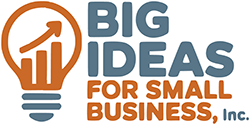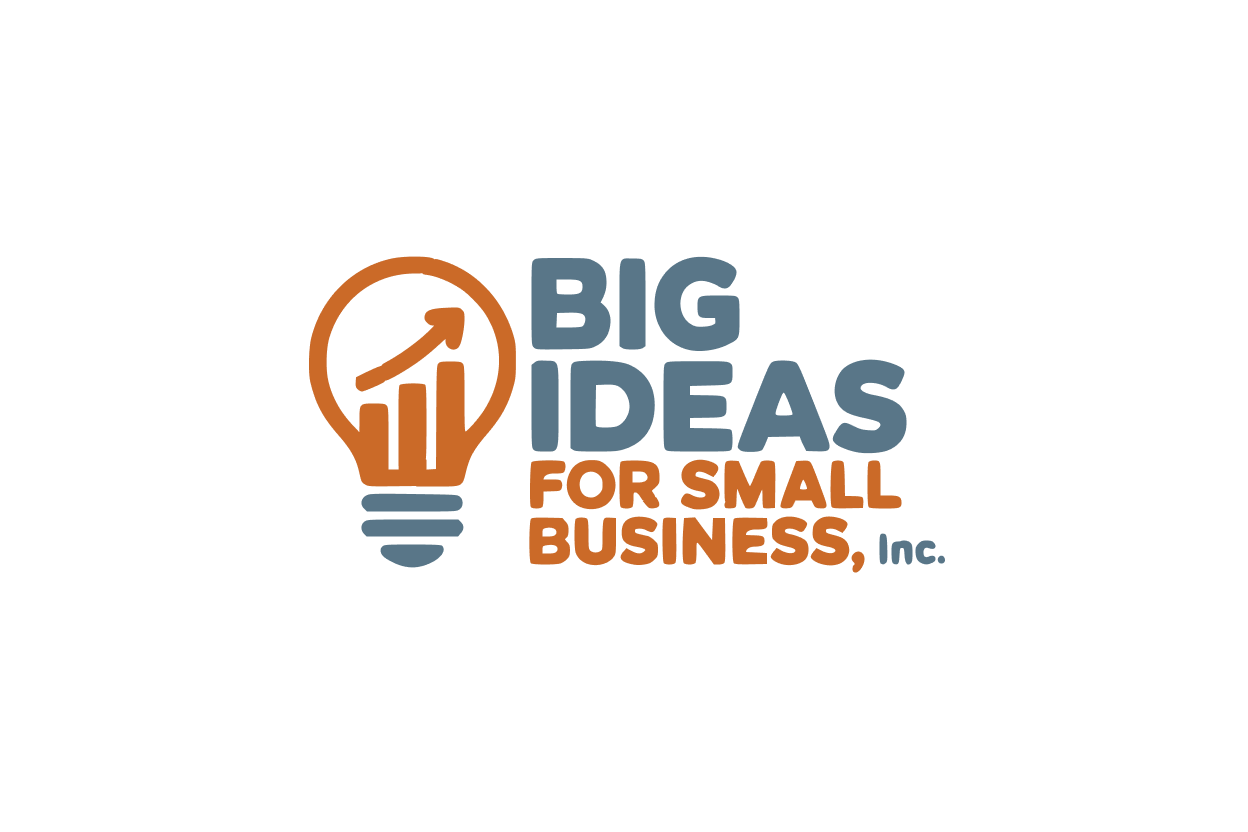
National Small Business Week 2025 in the U.S. is May 4 through 10. There’s a free virtual summit on May 6 and 7 (register here). As the SBA says: National Small Business Week acknowledges the critical contributions of America’s entrepreneurs and small business owners and recognizes their hard work, ingenuity, and dedication. So, let’s celebrate…and here’s why.
About small businesses
Small business isn’t so small, and it’s vital to the U.S. economy. A profile of small businesses in the U.S. released in November 2024 by the SBA’s Office of Advocacy shows that small businesses have a big economic footprint. Some facts:
- There are about 34.8 million small businesses, which account for 99.9% of all businesses in the U.S.
- 1% are women-owned
- 5% are veteran-owned
- 8% are Hispanic-owned
- 1% are racial-minority-owned
- There are 59 million people working at small businesses, which represents 45.9% of all U.S. employees.
- In 2022, banks issued $93.7 billion in loans to U.S. businesses with revenues of $1 million or less. New lending to businesses through loans of $100,000 or less was $108.4 billion.
- And small businesses account for 5% of GDP.
How consumers feel about small businesses
According to a Pew study, while there’s a deepening mistrust of institutions—Congress, the Supreme Court, the media, and science—there continues to be confidence in the trustworthiness of small businesses. While only 22% trust Congress to do the right thing, 86% say small businesses have a positive effect on the country.
This confidence was displayed by consumer spending on Small Business Saturday, which was November 30, 2024. Customers spent $19.6 billion on independent stores and eateries, up from $17.8 billion in 2023. Online sales were up 13.2% over 2023.
Startups
New businesses continue to be formed despite fears of recession, continued high interest rates, and tariff worries. The U.S. Census Bureau reported that business applications for March 2025 were 452,255, an increase of 6.4% compared to February 2025. The number of applications grew at varying rates, depending on location: 3.7% in the Northeast, 5.2% in the Midwest, 6.3% in the South, and 8.6% in the West. The government measures this using the applications for an Employer Identification Number (EIN) from the IRS.
Final thought
These statistics are encouraging to me. It shows that despite mega-companies, such as Amazon and Apple, there are still great opportunities for small businesses in the U.S. Will there be challenges in the months ahead? Yes, and unfortunately some companies won’t be able to meet these challenges and may close. But I’m optimistic. I’m remembering that some of the best big companies started in the worst of times. Publix Supermarkets and Ocean Spray Cranberries, among others, started in the Great Depression. Uber, Venmo, NerdWallet, Groupon, and WhatsApp, among others, were launched in the Great Recession. And Thumbtack, QuickHire, and Pacaso, among others, commenced during the COVID-19 pandemic.
As Jimmy Dean, actor and founder of Jimmy Dean sausage brand, said: “I can’t change the direction of the wind, but I can adjust my sails to always reach my destination.”
I’m sailing on. How about you?
Find additional information about National Small Business Week and small business stats in this list of blogs here.


